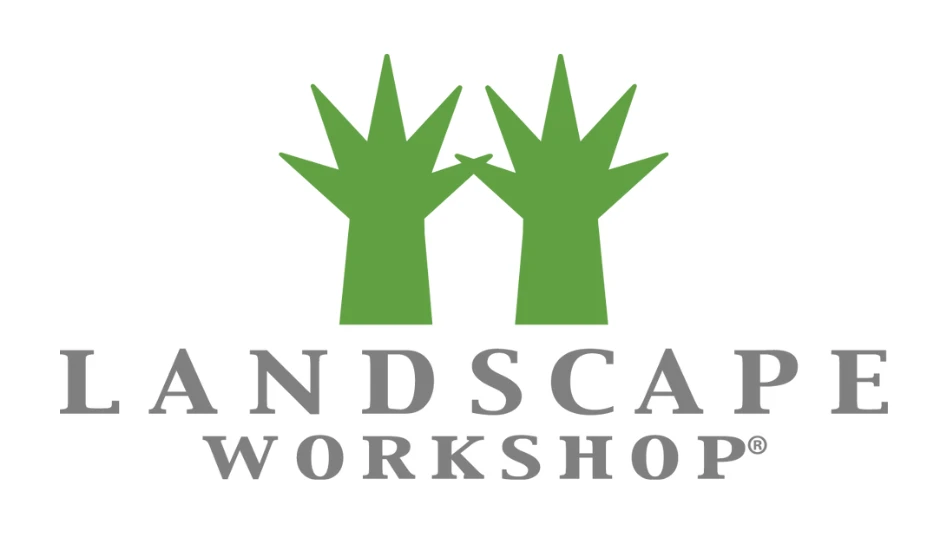
It’s one thing to accurately calculate what a truck or piece of field equipment costs you to operate (that’s what I discussed in my last article); it’s quite another to determine what margin (the difference between its cost and the price you charge customers) to put on it when you price your services and projects. I like to tie my price to markers that are readily available to customers in the marketplace. Equipment rental rates are an excellent source of such markers.
Calculating cost. Let me use a $75,000 mini-excavator as an example. To calculate the cost per hour (CPH) for a piece of field equipment, you divide its lifetime costs minus any salvage value by its lifetime billable hours. It looks like this:
$92,640 Acquisition CPH + $24,000 fuel CPH + $25,510 maintenance CPH - $20,000 salvage value
3,000 lifetime billable hours
The total CPH is $40.72. I’d round up this figure to $45 to include the trailer to haul it and a small cushion on its cost per hour to operate it. If this mini-excavator is running four to six hours in an average day, its cost would run you from $180 to $270 per day.
Once you accurately calculate the total CPH for a piece of field equipment, you then need to decide how much to charge your clients for it. Up to now, we’ve employed the science of cost estimating to determine the cost. Now we turn to the art of market analysis to determine what margin to apply to the cost in order to determine its price in the marketplace.
Web extra
For an Excel sheet budget sample, visit
bit.ly/lawnwebextra
First, we need to understand the psychology of the customer, and the supply and demand curve. When the market is robust and there is an over-abundance of work for a limited number of qualified contractors, prices soar. The customers’ primary concern becomes schedule — when can you start? When the economy slows down and we enter a recession, (there’s an over-abundance of qualified contractors for very little work), prices fall and the customers’ primary concern becomes price.
The market provides some help when it comes to what to charge for a piece of field equipment. The daily equipment rental rate for the machine in our example would run roughly $400. To this, you would add a delivery fee, insurance and fuel totaling approximately $360 ($250 + $60 + $50). Some contractors charge rental equipment rates for their owned equipment. Rental rates are approximately double your actual cost to own the same item.
One landscape contractor in Pennsylvania told me by putting this machine on a job, it’s like adding at least one more worker on the crew. As a result, he charges the customer what he would charge for a laborer for the day — about $700.
When I worked with Charles Vander Kooi & Associates, we would use what I refer to as the traditional method of pricing trucks and field equipment. We would mark up the cost per hour by 25% for general and administrative overhead and then add a 10% net profit margin to the result. It would look like this:
$45 x 1.25 = $56.25. Then we’d add net profit. $56.25 x 1.1 = $61.88 per hour.
Using my general and administrative overhead cost per man-hour method of pricing, in a robust market, I add a 25% to 30% markup for residential clients and 15% to 20% for commercial ones. I drop these markups 10% or so in a recession.
Determining price. In a robust market when the customer is primarily concerned with the schedule, you could probably charge rental rates for owned field equipment. You also could probably get away with charging what you’d charge for a laborer for the day. This is especially true for the residential market.
However, if the economy turns south, it’s imperative that you understand what your true costs are. It’s in such a market that you need to know your break-even costs and how low you can go with your pricing by cutting fat, and not meat and bone, so to speak.
Conclusion. Before you can determine how much to charge your clients for your trucks and field equipment, first you need to accurately calculate how much they cost. Then and only then can you confidently price them. Next you need to take market conditions into consideration. If you’re in a boom market, you can charge much more than when you’re in a recession. In a recession, you have to price trucks and field equipment much closer to their actual cost. Knowing the difference can make all of the difference when the bottom falls out of the market. The market might go into the toilet in a recession, but there’s no need for you to get flushed down with it. L&L
Get curated news on YOUR industry.
Enter your email to receive our newsletters.
Explore the May 2024 Issue
Check out more from this issue and find your next story to read.
Latest from Lawn & Landscape
- Retargeting Ads – A Secret Weapon for Growing Your Lawn Care Business
- Leading a growing company
- Project EverGreen launches Clean Air Calculator
- Rain Bird acquires smart lawn care company OtO from Toronto
- PBI-Gordon names Marvin as VP of research and development
- Mean Green rolls out Vanquish Autonomous mower
- Focal Pointe launches new podcast series
- Navigating due diligence checklist for selling lawn business






